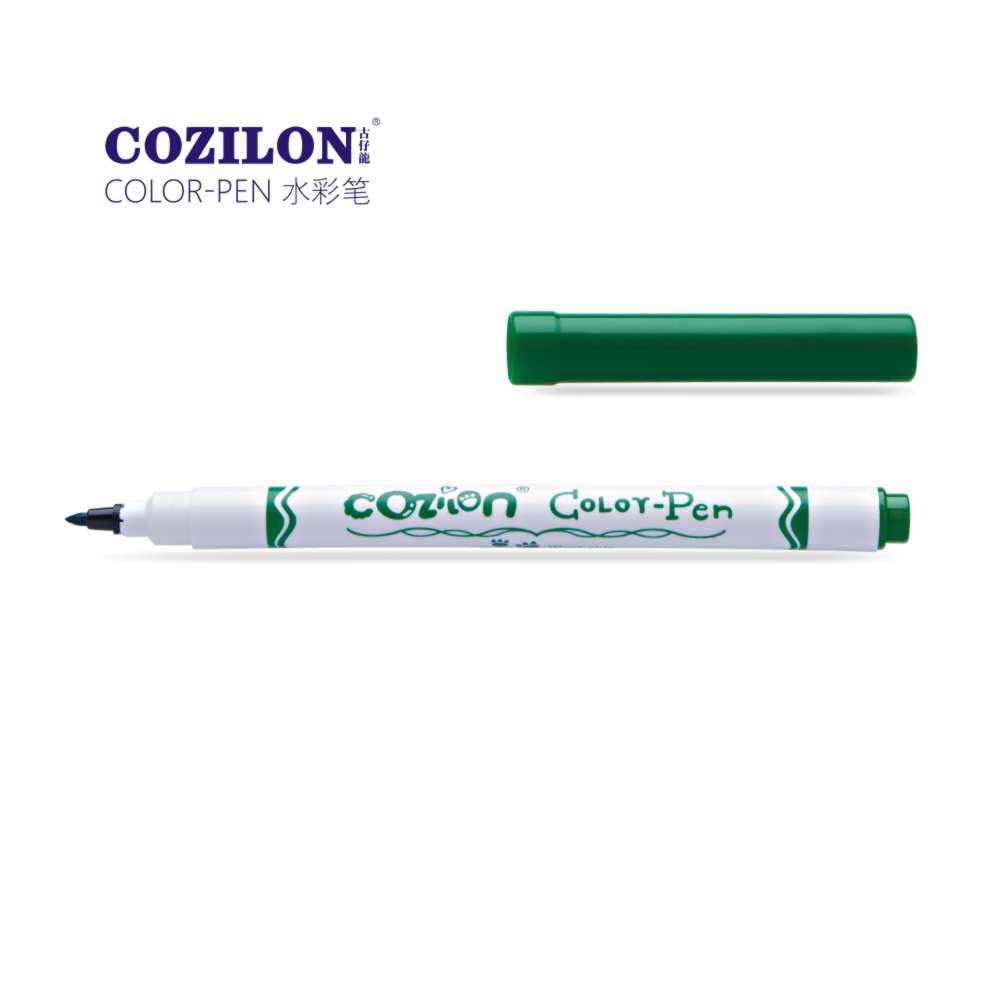What Are Fibre Tip Pens?
Fibre tip pens are writing instruments that use a nib made of tightly packed fibers to deliver ink smoothly and evenly.
They are known for their precise lines and consistent performance, making them a popular choice for both artistic and everyday writing tasks.
The nib’s fiber construction allows for detailed work and a range of line thicknesses, depending on the pen’s design.
Fibre tip pens are versatile and come in various forms, including fibre tip writing pens and jumbo fiber tip pens, catering to different needs.
Types of Fibre Tip Pens
Fibre Tip Writing Pens
Fibre tip writing pens are designed for general writing and note-taking.
They offer smooth ink flow and are ideal for everyday tasks like journaling, writing letters, or making notes.
The fine or medium nibs provide a consistent line width, making them suitable for detailed writing without smudging or bleeding.
Fibre Tip Colouring Pens
Fibre tip colouring pens are used primarily for artistic purposes, such as drawing, coloring, and illustration.
These pens come in a wide range of colors and are designed to produce vibrant, even strokes.
They are popular among artists and crafters for their ability to blend colors smoothly and provide precise control over the coloring process.
Jumbo Fiber Tip Pens
Jumbo fiber tip pens feature larger nibs that deliver thicker lines of ink. They are often used for bold, attention-grabbing writing or drawing.
These pens are particularly useful for making large signs, posters, or for any task that requires a more substantial and impactful line.
Refillable Fibre Tip Pen
Refillable fibre tip pens are designed to be environmentally friendly and cost-effective.
They allow users to refill the ink reservoir rather than discard the pen once it runs out of ink.
This type of pen is ideal for frequent users who want to reduce waste and save money in the long run.
Scented Fibre Pens
Scented fibre pens offer an additional sensory experience by incorporating fragrances into the ink.
These pens are popular among children and for creative projects where the added aroma enhances the enjoyment of writing or drawing.
The scents are usually subtle and do not overpower the user’s senses.
Uses of Fibre Tip Pens
Artistic and Creative Work
Fibre tip pens are widely used in art and design due to their ability to produce clean, precise lines and vibrant colors.
Artists and designers use them for creating detailed illustrations, colorings, and intricate designs.
The range of nib sizes and colors available allows for versatility in artistic expression.
Note-Taking and Writing
In addition to their artistic uses, fibre tip pens are also popular for everyday writing tasks.
Their smooth ink flow and consistent performance make them ideal for taking notes, writing letters, and other writing activities.
The reliable ink delivery helps prevent skipping and blotting, ensuring a clean writing experience.
Educational Purposes
Fibre tip pens are often used in educational settings for teaching and learning activities.
They are useful for creating visual aids, making posters, and engaging students in creative projects.
Their variety of colors and nib sizes help in visualizing concepts and enhancing learning experiences.
More Fibre Tip Pen FAQs
Do Fibre Tip Pens Bleed Through?
Fibre tip pens generally do not bleed through standard paper when used properly. However, bleeding can occur on thinner or lower-quality paper. To minimize the risk of bleeding, use paper specifically designed for markers or test the pen on a small area before use.
What Are Fibre Tip Pens Good For?
Fibre tip pens are good for both artistic and everyday writing tasks. They provide precision and smooth ink flow, making them ideal for detailed drawings, note-taking, and creative projects. Their versatility and range of colors and nib sizes enhance their functionality for various uses.
Are Staedtler Fibre Tip Pens Water-Based?
Yes, Staedtler fibre tip pens are water-based. This ensures that the ink is safe for use on paper and other surfaces without causing damage. Water-based inks are also easier to clean up and are generally less toxic, making them suitable for a wide range of users.


